In a world dominated by mass production and automation, there's a growing appreciation for the artistry and dedication behind handmade products. Among such creations, handmade pocket knives and folding knives stand out as remarkable examples of skill, precision, and passion. These tools are not just instruments but pieces of art, embodying the spirit and labor of the craftsman. In this article, we delve deep into the meticulous craftsmanship that goes into these unique knives, exploring their history, design, and the reasons behind their growing popularity.
The Rich History of Handmade Knives
The tradition of knife-making dates back to prehistoric times, evolving through centuries of innovation. While knives were originally created for utilitarian purposes, artisans soon recognized their potential as expressions of culture and identity. Various cultures developed their own techniques, contributing to the diversity of knife-making styles we see today.
The Evolution of Design
Over the years, **handmade knives** have been influenced by regional availability of materials, traditional methods, and the unique requirements of their users. Blacksmiths and artisans would often take pride in their ability to craft knives that not only functioned well but also reflected their heritage and artistry. This richness in design and history adds to the allure of handmade pocket knives today.
The Craftsmanship Behind Handmade Knives
The creation of a handmade knife is a labor-intensive process that requires a blend of skill, creativity, and knowledge. The maker typically follows a series of intricate steps that convert raw materials into functional art pieces.
The journey begins with the selection of materials. High-quality steel is fundamental for the blade, as it determines sharpness, durability, and resistance to wear. Artisans often choose carbon steel or stainless steel, each offering distinct advantages. Carbon steel is known for its edge retention and ease of sharpening, while stainless steel provides resistance to corrosion, making it ideal for everyday carry.
In addition to the blade material, the handle is often fashioned from exotic woods, durable synthetics, or even bone and antler. The choice of handle material not only affects aesthetics but also plays a crucial role in the knife’s functionality and grip. Each material brings its own character and story to the knife, creating a perfect blend of functionality and artistry.
Forging and Shaping
Once the materials are selected, the forging process begins. This involves heating the steel until it becomes malleable, allowing artisans to shape it into the desired blade profile. This step is crucial because it not only creates the blade’s shape but also determines its future performance. Traditional techniques often involve hammering and bending the steel, while some modern craftsmen utilize high-tech methods such as water jet cutting.
After forging, the blade undergoes extensive shaping. Artisans grind, refine, and hone the edge, ensuring it achieves the perfect sharpness that will last through years of use. The level of precision required in this step underlines the skill of the craftsman and their commitment to producing a superior product.
Heat Treatment
Heat treatment is a critical phase in the craftsmanship of handmade knives. This process involves heating the blade to specific temperatures and then cooling it rapidly. The purpose of this step is twofold: to harden the steel, enhancing durability and edge retention, and to relieve any internal stresses that may have developed during forging.
A well-executed heat treatment can make the difference between a blade that dulls quickly and one that maintains its edge through extensive use. It showcases the craftsmanship of the maker, as achieving the right balance of hardness and toughness requires both experience and precision.
Finishing Touches
Once the blade is formed and heat-treated, the knife undergoes a series of finishing operations. This includes polishing, etching, and sometimes adding decorative elements. Many artisans will choose to add unique touches, like custom engravings or inlays, enhancing the knife's aesthetic appeal and personal connection to the user.
Additionally, the assembly of the handle and blade is also a careful process. In the case of folding knives, pivot points and locking mechanisms are crafted with great attention to detail to ensure they function flawlessly. This meticulous attention to every aspect solidifies the knife’s integrity and reliability as a tool.
The Appeal of Handmade Knives
So why do enthusiasts seek out handmade knives? The answer lies in the unique qualities and characteristics that these tools offer. Each handmade pocket knife tells a story, reflecting the artisan's skills and dedication.
Uniqueness in Every Piece
Unlike mass-produced knives that may have identical specifications, every handmade knife is unique. This individuality is appealing to collectors and users alike. People appreciate owning something that has a distinct character—something that cannot be replicated. A handmade knife carries the imprint of its maker's artistry and intent.
Quality and Durability
Handmade knives often boast superior quality. The time spent on craftsmanship ensures that each knife is built to last. Artisans take pride in their work, often using premium materials and traditional techniques that result in superior performance. This high level of craftsmanship means that users can rely on their folding knives for extended periods without the fear of breaking or wearing out quickly.
Collectors’ Items
For many, collecting handmade knives is a fulfilling hobby. The sheer variety of styles, materials, and techniques available means that collectors can continually discover new pieces to admire and own. Handmade knives also often appreciate in value over time, making them not just tools but worthwhile investments.
Finding Your Perfect Handmade Knife
With the rise of online marketplaces and artisan shops, finding the perfect handmade knife has never been easier. Here are some tips for seeking out a knife that matches both your aesthetics and functional requirements:
- Research the Maker: Look into the background and philosophy of the artisan. Understanding their values and techniques can greatly enhance your appreciation for the knife.
- Material Matters: Consider how you plan to use the knife. Select a blade and handle material that suits your intended purposes, be it daily carry or outdoor adventures.
- Examine the Design: Look for ergonomic designs that fit comfortably in your hand. Ensure the locking mechanisms and hinges on folding knives are smooth and reliable.
- Connect with the Community: Engage with knife enthusiasts through forums or social media. Connecting with others can provide valuable insights and recommendations.
The Future of Handmade Knives
As we look towards the future, the craft of knife-making continues to evolve while remaining grounded in tradition. The internet has made it easier for artisans to connect with their audiences, leading to a renaissance of handmade craftsmanship. New techniques and materials are being explored, pushing the boundaries of what is possible in knife design.
Moreover, modern consumers are increasingly recognizing the value of handmade products. As people move away from disposable items, they seek durable and ethical alternatives. This shift not only elevates the status of handmade knives but also nurtures a growing community that cherishes the art of craftsmanship.
Lasting Impressions: Why You Should Invest in Handmade Knives
Owning a handmade knife is about more than just having a functional tool; it’s about owning a piece of history and artistry. Each handcrafted knife tells a story of craftsmanship, skill, and dedication. Whether you are looking for a handmade pocket knife for everyday carry or a folding knife for outdoor adventures, investing in a handmade piece guarantees that you hold in your hand something special—a true testament to the artisan’s creative spirit.
Craftsmanship not only adds intrinsic value but also strengthens the bond between user and tool. The next time you consider reaching for a knife, think about the men and women who pour their passion into crafting these magnificent pieces. Choose a handmade knife, and carry a piece of artistry throughout your daily adventures.








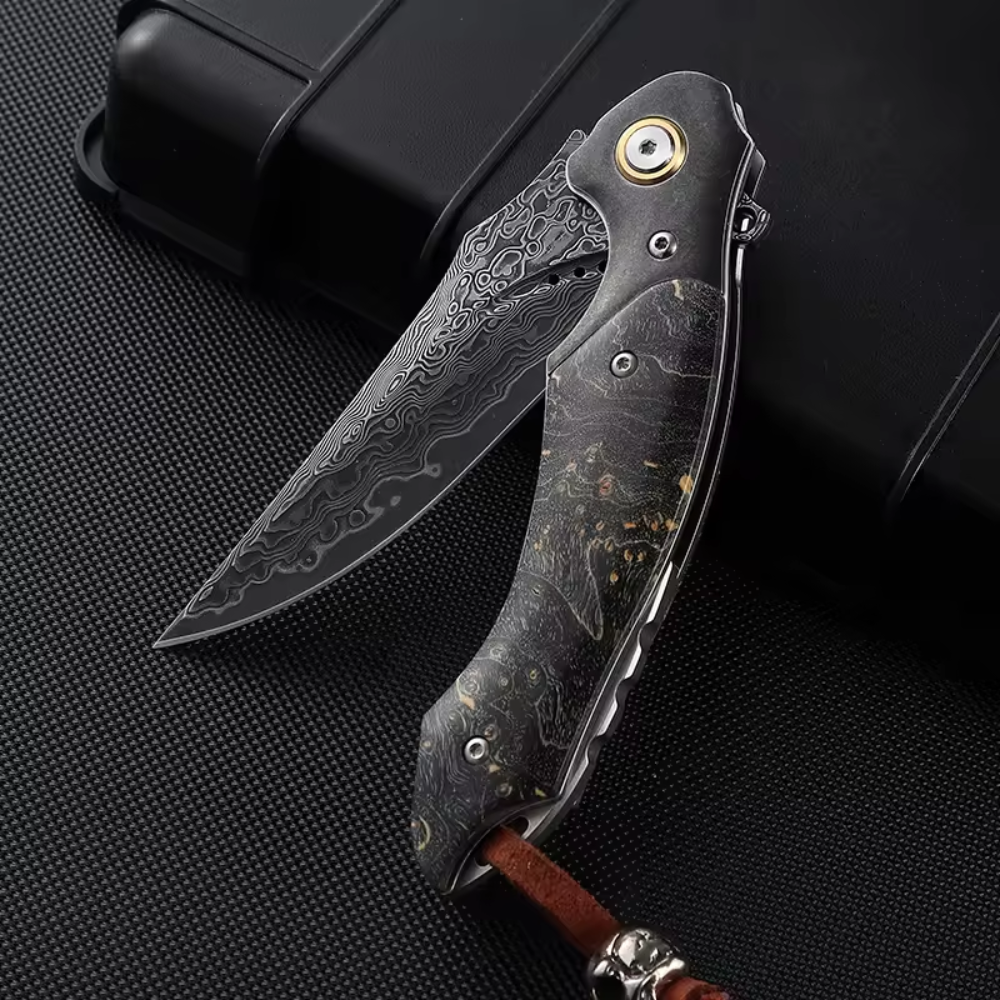


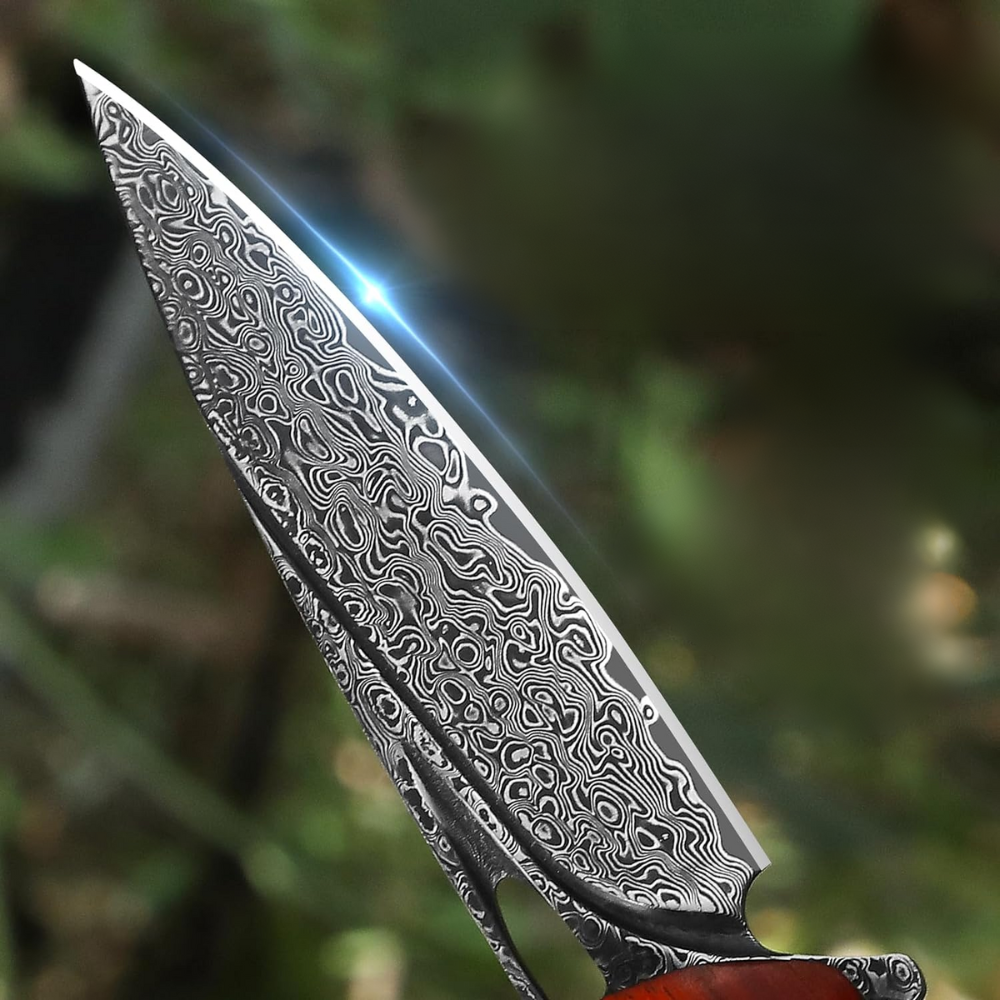








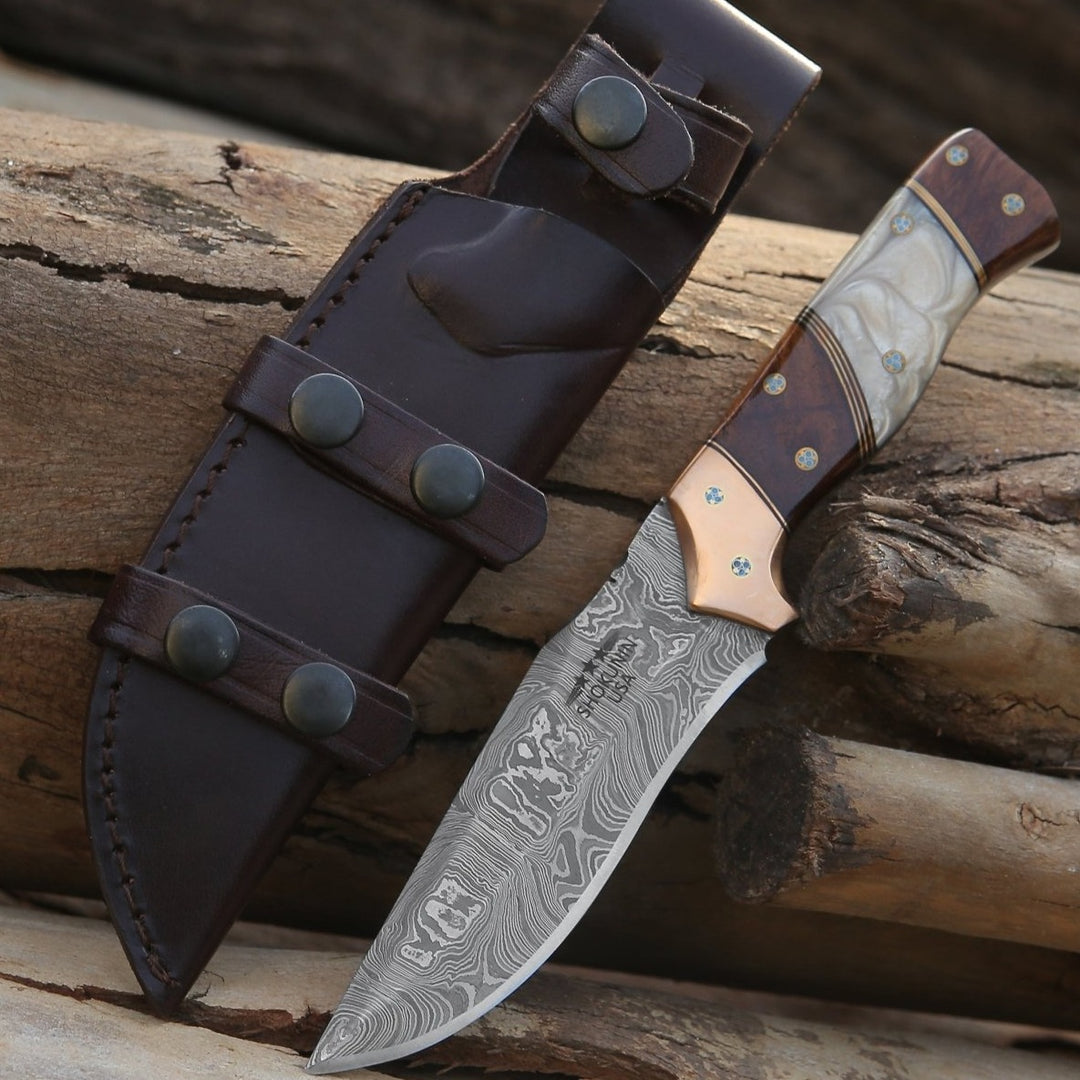
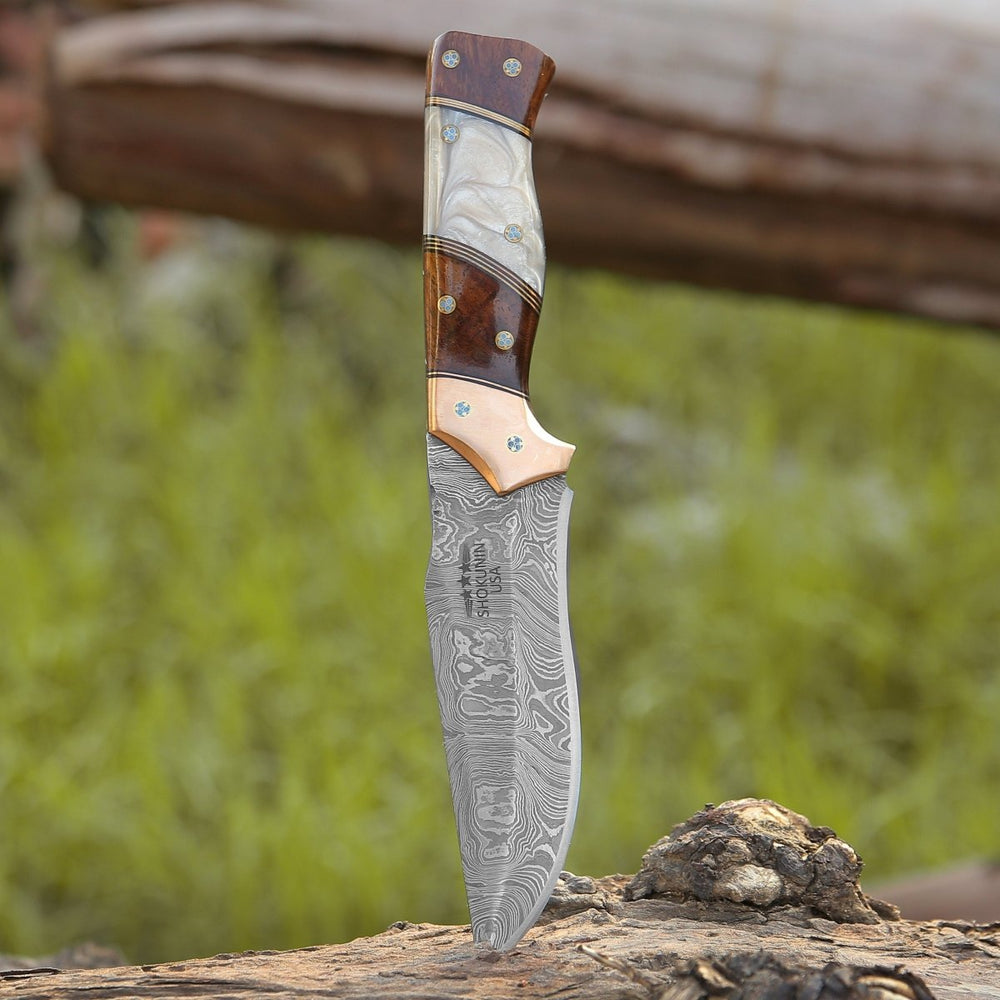


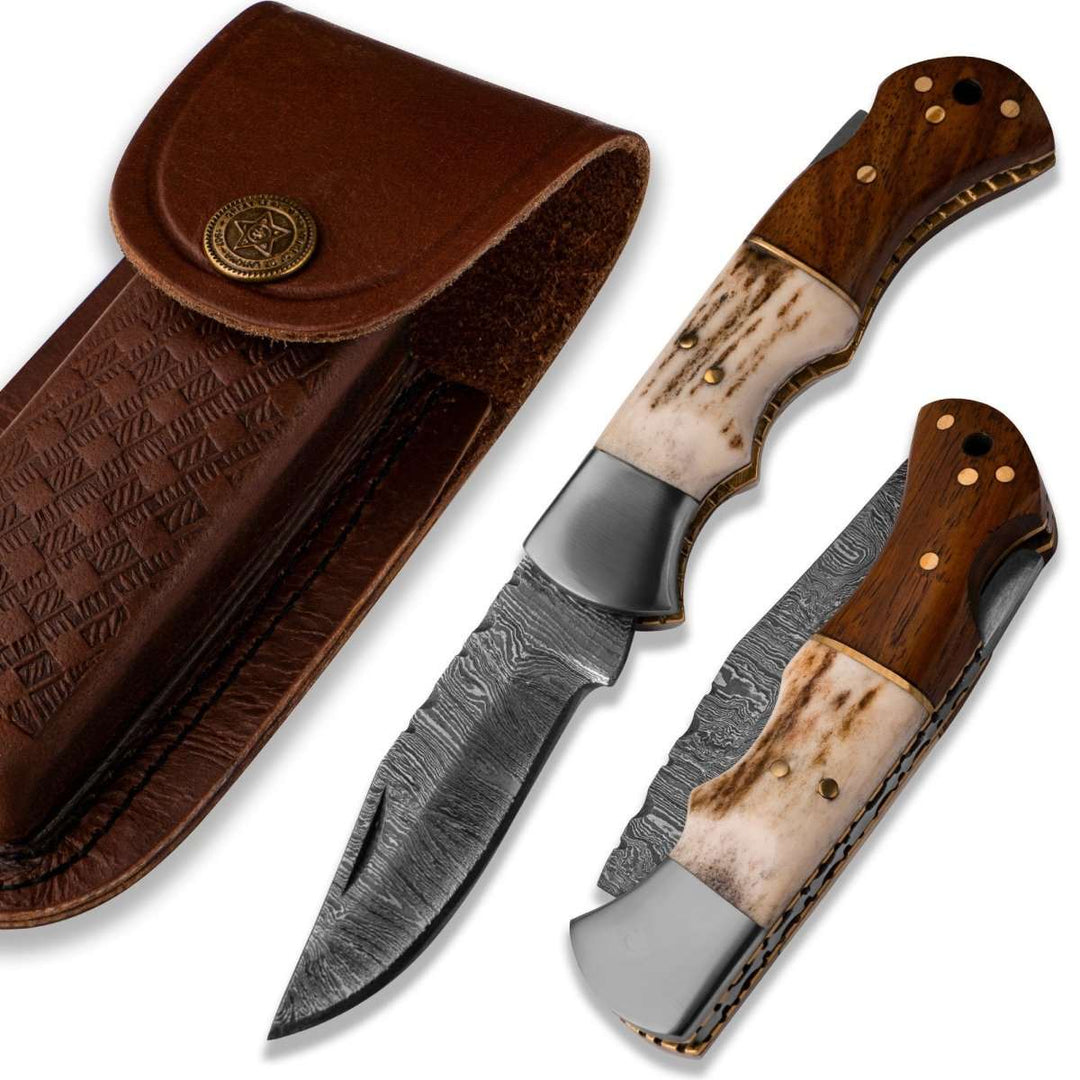





Deixe um comentário